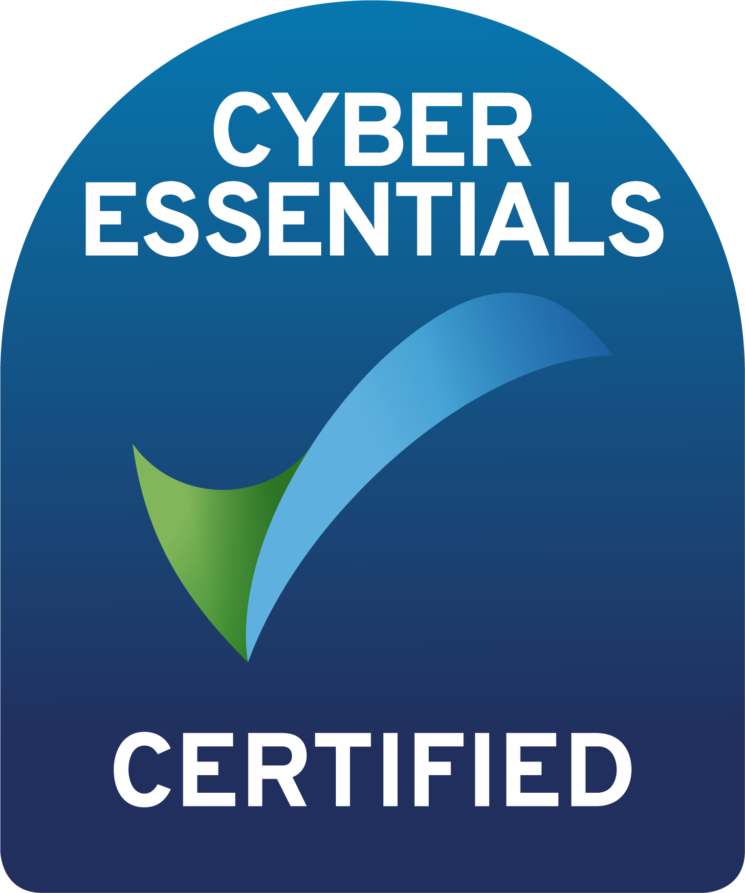Hawaii is known for its stunning landscapes, rich cultural heritage, and unique ecosystem but what does it’s healthcare landscape look like?
- Population: Approximately 1.4 million residents
- Best known for: Pristine beaches, active volcanoes, and rich Polynesian culture.
- Cultural landscape: Hawaii’s population is diverse, with significant influences from Native Hawaiian, Asian, Pacific Islander, and European cultures. Native Hawaiian and Pacific Islander communities contribute significantly to the state’s cultural fabric.
- Language: English is the primary language in Hawaii, but Hawaiian Pidgin, a creole language, is widely spoken among locals.
- Tourism: Hawaii is a major tourist destination, attracting millions of visitors annually. In 2023, the state welcomed over 10 million tourists, drawn to its natural beauty, vibrant culture, and outdoor activities.
- Hospitals: Hawaii boasts several medical facilities catering to residents and visitors alike. The Queen’s Medical Center in Honolulu is the state’s largest hospital, offering comprehensive medical services. Other notable hospitals include the Hilo Medical Center on the Big Island and Maui Memorial Medical Center on Maui.
- Healthcare: Hawaii provides a mix of public and private healthcare options. While the state has relatively high-quality medical services, costs can be significant, especially for those without insurance. Emergency medical services are available across the islands, although response times may vary, particularly in rural areas. For complex cases requiring specialized treatment, patients may be transferred to medical facilities on the U.S. mainland, such as those in California or Washington.Overall, Hawaii’s healthcare system caters well to the needs of its residents and visitors, but access to affordable care remains a concern, particularly in rural and underserved communities.



